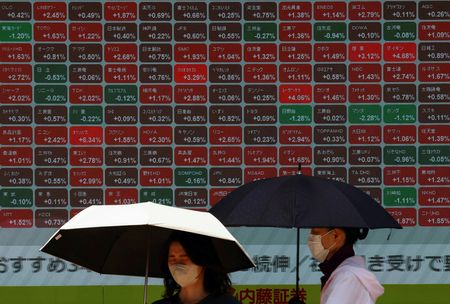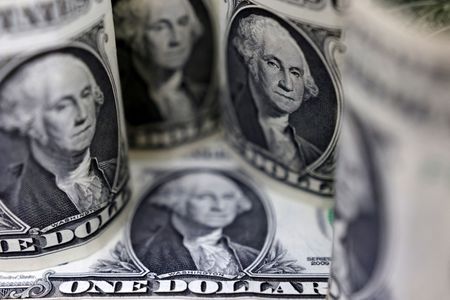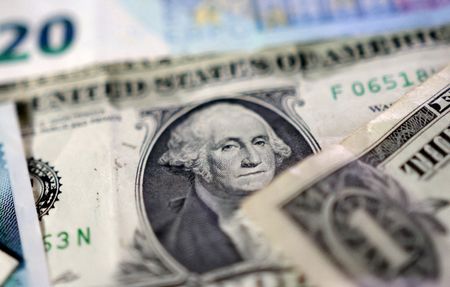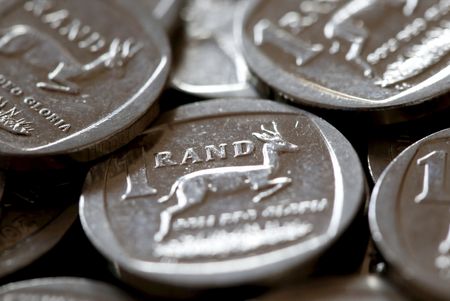By Anjana Anil and Siyi Liu
(Reuters) -Oil prices drifted lower on Tuesday on oversupply concerns as OPEC+ moved ahead with another large output hike despite a weak demand outlook, more than offsetting the potential for tighter Russian oil trade due to U.S. policies.
Brent crude futures dipped 11 cents, or 0.16%, to $68.65 a barrel by 0424 GMT. U.S. West Texas Intermediate crude was down 12 cents, or 0.18%, to $66.17 a barrel.
It was the fourth consecutive decline for both contracts, which fell by more than 1% in the previous session to settle at their lowest in a week.
Both benchmarks have receded because extra capacity from OPEC+ is acting as a buffer for any shortcomings in Russian barrels, said Priyanka Sachdeva, a senior market analyst at Phillip Nova.
The Organization of the Petroleum Exporting Countries and its allies, together known as OPEC+, agreed on Sunday to raise oil production by 547,000 barrels per day for September.
It marks a full and early reversal of the group’s largest tranche of output cuts, amounting to about 2.5 million bpd, or around 2.4% of global demand, though analysts caution the actual amount returning to the market will be less.
The rising supplies are coupled with concerns about demand, with some analysts expecting faltering economic growth in the second half of the year.
JPMorgan analysts said on Tuesday the risk of a U.S. recession was high as labour demand has stalled. In addition, China’s July Politburo meeting signalled no additional policy easing with the focus shifting to structural rebalancing of the world’s second-largest economy, the analysts wrote in a note.
The prospect of weak economic fundamentals is overshadowing concerns over possible supply disruptions that previously supported oil prices.
U.S. President Donald Trump has said he could impose 100% secondary tariffs on Russian crude buyers such as India after announcing a 25% tariff on Indian imports in July.
On Monday, Trump again threatened higher tariffs on Indian goods over the Russian oil purchases. New Delhi called his attack “unjustified” and vowed to protect its economic interests, deepening the trade rift between the two countries.
India is the biggest buyer of seaborne crude from Russia, importing about 1.75 million bpd from January to June this year, up 1% from a year ago, according to data provided to Reuters by trade sources.
Traders are also awaiting any developments on the latest U.S. tariffs on its trading partners, which analysts fear could slow economic growth and dampen fuel demand.
(Reporting by Anjana Anil in Bengaluru and Siyi Liu in Singapore; Editing by Christian Schmollinger and Jamie Freed)











